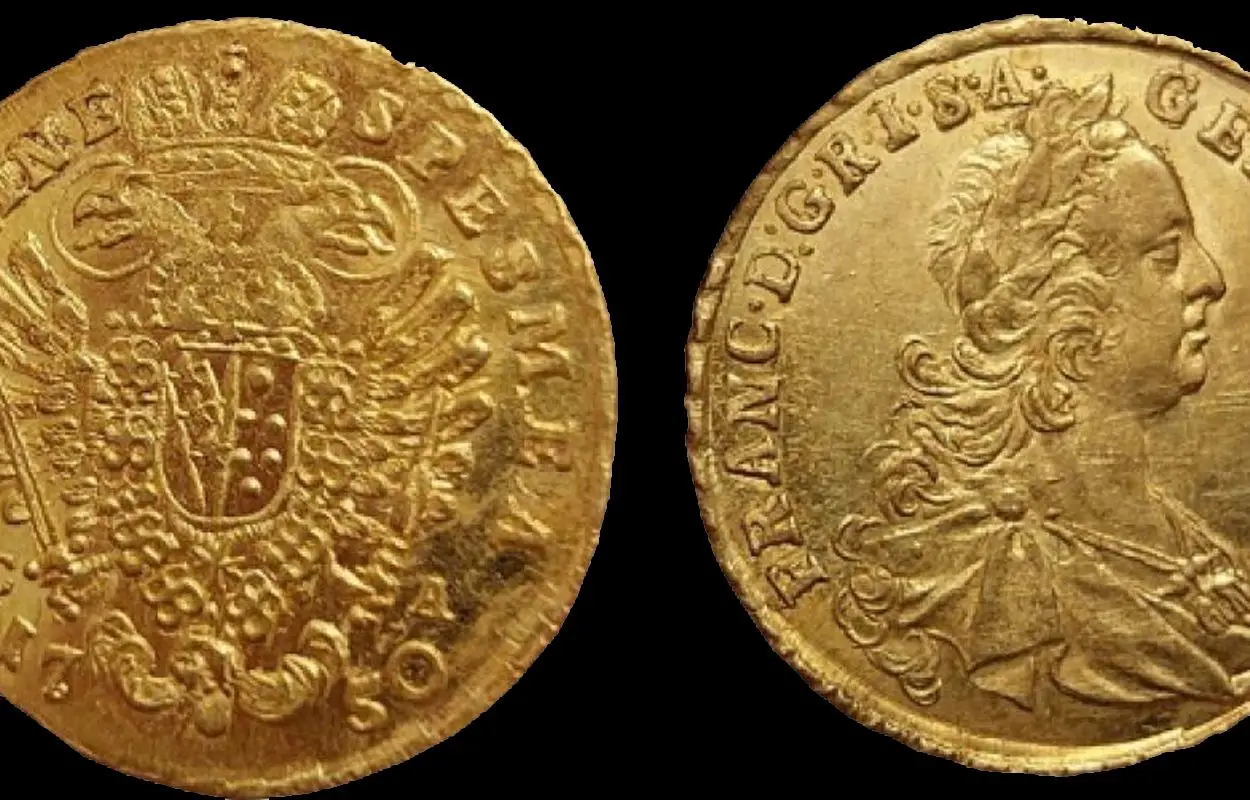Archaeologists excavating in the Polish city of Wrocław have discovered gold coins dating from the 18th century.
The discovery was made in the historical Przedmieście Mikołajskie district, located west of the medieval city centre. During the 12th and 13th century, this part of the city was the former location of the villages of Nabitin and Stapin.
According to the excavation team, in the years 1768-1783, the area was developed for the Ravelin bastion fortifications by the Prussians, where archaeologists found mass graves related to the annexation of the city during the War of the Austrian Succession by the Prussians.
The War of the Austrian Succession (known in German as the Österreichischer Erbfolgekrieg) was a European conflict that occurred predominantly in Central Europe, the Austrian Netherlands, Italy, the Atlantic, and the Mediterranean.
Habsburg Empress, Maria Theresa, ceded most of the territory in the Treaty of Breslau in 1742 to Prussia. According to the treaty’s terms, Maria Theresa surrendered the majority of the Silesian duchies to Prussia, with the exception of the Duchy of Teschen, the Troppau and Krnov districts situated south of the Opava river, and the southern region of the Duchy of Nysa, which were designated as the province of Austrian Silesia.
Excavations of the graves revealed gold coins, including: a gold ducat of the Republic of the United Provinces of the Netherlands from 1748, a gold ducat from 1750 of Francis I Stephen of Lorraine, and a 1750 half a gold sovereign of his wife Maria Theresa Habsburg.
All three coins have been given to the City Museum in Wrocław for exhibition to the public.
Header Image Credit : Lower Silesian Voivodship Conservator of Monuments





